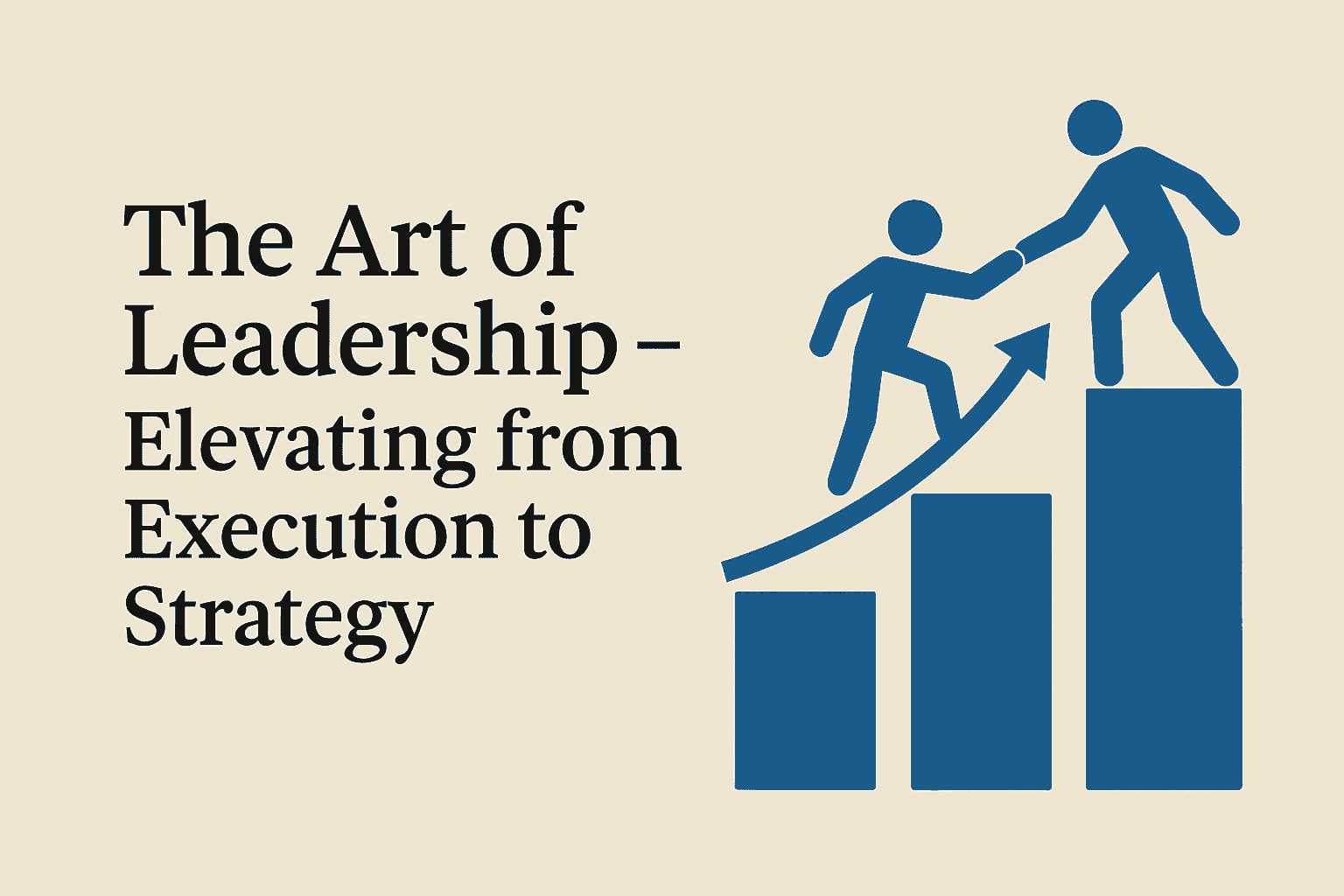API Productization: What makes API a Product?

The impact of product management is hugely observed across industries although it’s a relatively new practice. Over the last couple of years, the process of product management has evolved around planning, designing, and developing a product to make it market fit. In any matured organization product managers are the custodians of the product governance and strategy; they are responsible and accountable for designing the organization’s product strategy, goals, and purpose.
Product managers need to work with multiple stakeholders such as technology, design, marketing, control function and business. This operating model demands AGILE methodology to be introduced here as horizontal capabilities to be built across the stakeholders.
With the advent of massive digital adoption many new variances of products have been introduced like API as a product, platform as a product etc. Talking about API, gone are those days when we used to consider it merely an endpoint URL. Nowadays APIs are classified as full-fledged products with life cycles, pricing, SLA etc.
5 Components that graduates API as a Product:
Ideation –
Every new product begins with a problem statement and the solution to the problem statement. APIs need to be discovered and mapped with the problem statements, it requires validation of the solution and also few questions need to be solved before we develop any new API:
- What problem(s) we are solving
- Who we are solving the problem(s) for
- Why now is the right time to build this
An API Product Analogy of Ideation Stage - It’s the Discover stage, evaluation of each market need or identifying the use cases that happened here. Solutioning problem statements with correct API, and mapping of available and to-be-built APIs done at this stage.
Construct –
It’s the stage where the development starts, before that the ungroomed user stories are validated and groomed by Bas. A first-hand awareness of the proposed APIs is built, and PMs identify the first set of audiences for this product. Akin to other products, different business models (B2B, B2C, B2B2C) are introduced to APIs at this stage only. The revenue streams, use cases and other monetization policies are implemented with the product at this stage.
An API Product Analogy of Construct Stage - Once the discovery phase is over, APIs are already identified and need to be orchestrated to deliver a new product. APIs are being built in the AGILE method, and PMs are the SCRUM from each API product.
Growth –
This is all about making the product a market fit, PM validates the end product before the market launch. Customer experience and growth strategy play a huge role in the API life cycle, every API evolves through Product-led and community-led growth strategies. APIs with various usage policies grow both external and internal channels.
An API Product Analogy of Growth Stage - Every successful API enters to Growth stage, at this point APIs need awareness in the internal/external channel. For example, Netflix API was built over the internal network and got externalized via Gateway as a new product.
Maturity –
This component defines the profitability of a product. APIs get refined at this stage as the challenges become more complex and feedback-specific. API needs seamless and touchless onboarding; this requires a channel to be distributed as a product. Success metrics and analytics help measure the success of APIs.
An API Product Analogy of Maturity Stage - API is the new currency in the Digital Economy, where monetizing API is always a trendy affair. Creating Success Metrics for each API is the prime task for PMs.
A few metrics are:
· API Success/Failure ratio
· Revenue generation
· Easy Onboarding and product manuals
Retirement –
At this stage product reaches Saturation, Once an API starts to succeed, multiple applications often start to create similar APIs to compete for the market share. With increased competition, competitors might be able to offer better features or lower prices. The API market share may begin to dwindle and decline. This requires versioning of APIs so that the ecosystem doesn’t experience any shadow API product.
An API Product Analogy of Retirement Stage - API goes for End-of-Life once the demand or trend in the market goes downwards; sometimes technology plays a huge role. The inception of REST APIs has compelled many SOAP-based API products to sunset.
Wrap UP
Productization of APIs is one of the key nuances of Digital Product Strategy
Why APIs are turning into a Product?
- It has a complete discovery, build, growth and decline life cycle.
- APIs are being monetized and earning revenue for organizations.
- APIs have use cases, packaging and distribution
- APIs can be retired, depreciated and regenerated as a new version.
~Credits - Abhijit Dey
Mr. Abhijit Dey is an accomplished Product Head with a rich background in the BFSI sector. With a demonstrated track record of driving innovation through API management and monetization, Mr. Dey has made substantial contributions to the industry. His expertise extends to the creation of an Open API framework tailored specifically for banks, showcasing his forward-thinking approach and proficiency in navigating the dynamic landscape of financial services
.gif)





.avif)
.avif)

.avif)
.avif)
.avif)

